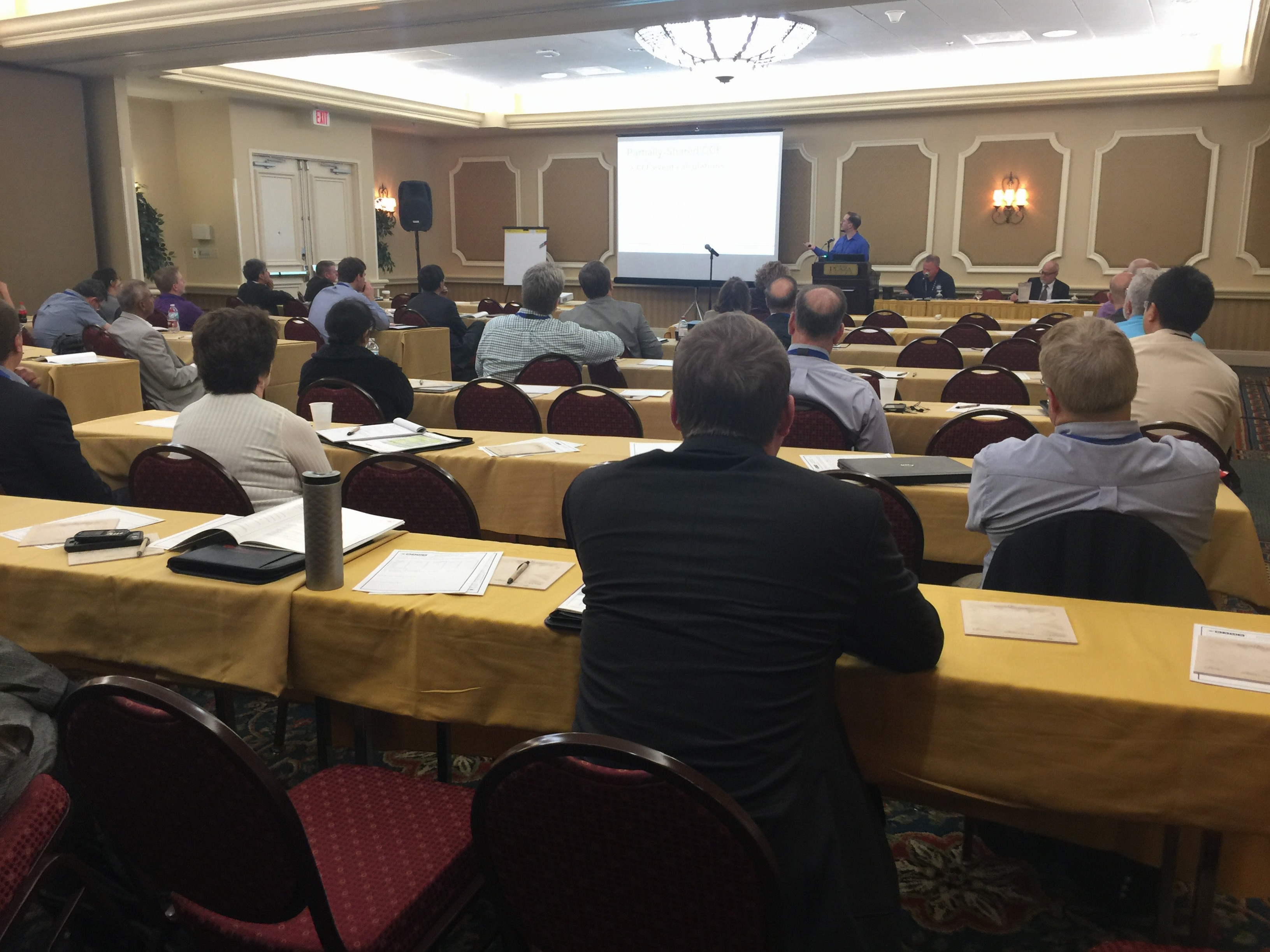For anyone that has spent a bit of time in reliability the term Weibull distribution has probably come up, or should have come up. It is named after Swedish mathematician Waloddi Weibull, who was the first to describe Weibull in length in 1951. Although Waloddi didn't actually come up with the math for Webiull, the formulas and even an application had been applied years before, he was the first to describe it and won the honour of having the Weibull distribution named after him.
Weibull Analysis is used to analyse historical failure data and produces failure distributions that we use during a system simulation.
The Weibull Analysis module of Availability Workbench analyses historical failure and repair data by assigning probability distributions which represent the failure or repair characteristics of a given failure mode.
The failure distribution assigned to a given set of times to failure (known as a Weibull set) may be assigned to locations in the RCMCost location hierarchy or failure models in the AvSim module.
The Weibull Analysis Module analyses times-to-failure and time-to-repair data using the following distributions:
Exponential Distribution
1-Parameter Weibull Distribution
2-Parameter Weibull Distribution
3-Parameter Weibull Distribution
Bi-Weibull
Tri-Weibull
Lognormal Distribution
Normal Distribution
Weibayes
Phased Bi-Weibull
Phased Tri-Weibull
I have included a recorded webinar giving a general Webull overview. We of course do not go into detail on the formulas used. If you would like additional information please contact me: jhynek@isograph.com

.jpg)